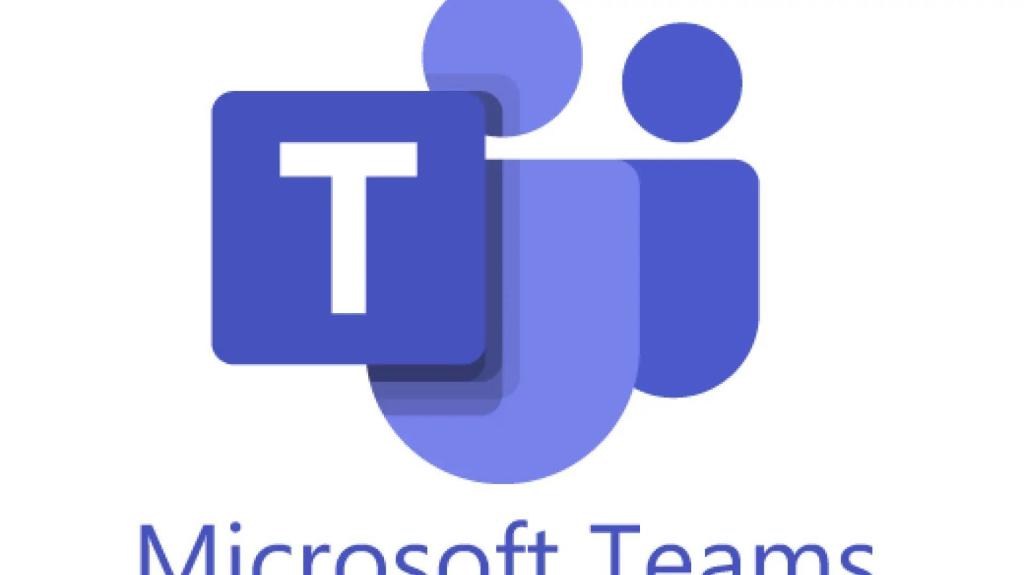Microsoft Outage Disrupts Outlook and Teams for Users Worldwide
Explore how a major Microsoft outage impacted Outlook and Teams globally, affecting productivity and revealing the importance of reliable digital tools.

Key Points
- A significant Microsoft
outage disrupted essential services like Outlook and Teams, affecting numerous users worldwide.
- The root cause was linked to a recent system change, prompting Microsoft to deploy fixes and manual restarts.
- The incident highlights the importance of reliable digital tools and preparedness for service interruptions in modern workflows.
On a typically productive Monday morning, thousands of Microsoft users were thrown into turmoil as an unexpected outage impacted vital services like Outlook, Teams, and Exchange Online. Reports of access issues started surfacing around 8 a.m. ET, with users struggling to send emails and connect in virtual meetings. By noon, DownDetector had recorded over 5,000 reports, illustrating the widespread nature of the interruption.

Understanding the Impact
The outage particularly affected Exchange Online, which serves as the backbone for email services, and the calendar functionality of Microsoft Teams. Users in major urban areas, such as New York and
, reported being unable to access their calendars, manage schedules, or even initiate essential communications. Some individuals faced partial functionality, such as receiving emails but being unable to open attachments.
This incident serves as a stark reminder of how dependent modern businesses are on digital tools. In an increasingly interconnected world, interruptions in these services can lead to significant productivity losses. Already, companies were feeling the pressure of project deadlines, which were further complicated by the inability to communicate effectively. Teams meetings were delayed, and alternative methods had to be quickly sourced—extending the impact beyond just a technical glitch.
Tracing the Root Cause
Microsoft quickly acknowledged the issue, stating that a recent system change was the likely culprit behind the outage. As it worked towards remediation, Microsoft deployed a dual approach: rolling out a comprehensive fix and performing manual restarts on affected machines. Despite their efforts, the reports continued to climb as users faced persistent issues.
This situation isn’t unique to Microsoft; tech companies often encounter challenges tied to new updates. In this instance, it coincided with the rollout of a new AI-powered Recall feature, designed to enhance user experience. However, such significant changes can sometimes lead to unforeseen disruptions.
Reactions from the Digital Community
As news of the outage circulated on social media, the reactions varied. While many expressed frustration over their inability to access crucial services, some users took it lightly, embracing the unexpected break just before the Thanksgiving holiday. This mixed response highlights the resilience of digital communities in adapting to technology-induced challenges.
Moreover, the incident unveiled the broader implications of relying on a single service provider for communication and productivity. When disruptions like these occur, the spotlight not only shines on the immediate logistical issues but also raises questions about contingency plans companies have in place. For instance, how prepared are organizations to shift to alternative platforms or communication methods? What backup systems do they have for maintaining continuity in workflows?

Looking Ahead
As Microsoft worked to address and resolve the issue, its user base remained hopeful for a swift restoration of services. The tech giant reassured users that it would keep them updated as developments occurred. It serves as a critical learning experience for both users and providers on the importance of transparent communication during service interruptions.
Ultimately, outages highlight the fragile nature of our reliance on interconnected digital services. Each incident poses an opportunity for tech companies to enhance their infrastructure and ensure that future occurrences have less of an impact on their user base. As we rely increasingly on these platforms to navigate our professional lives, it is paramount that both users and providers remain informed and prepared for any challenges that may arise.
This recent outage reinforces a vital lesson: in a digitally-driven world, agility and preparedness are keys to maintaining productivity in the face of unexpected disruptions.
